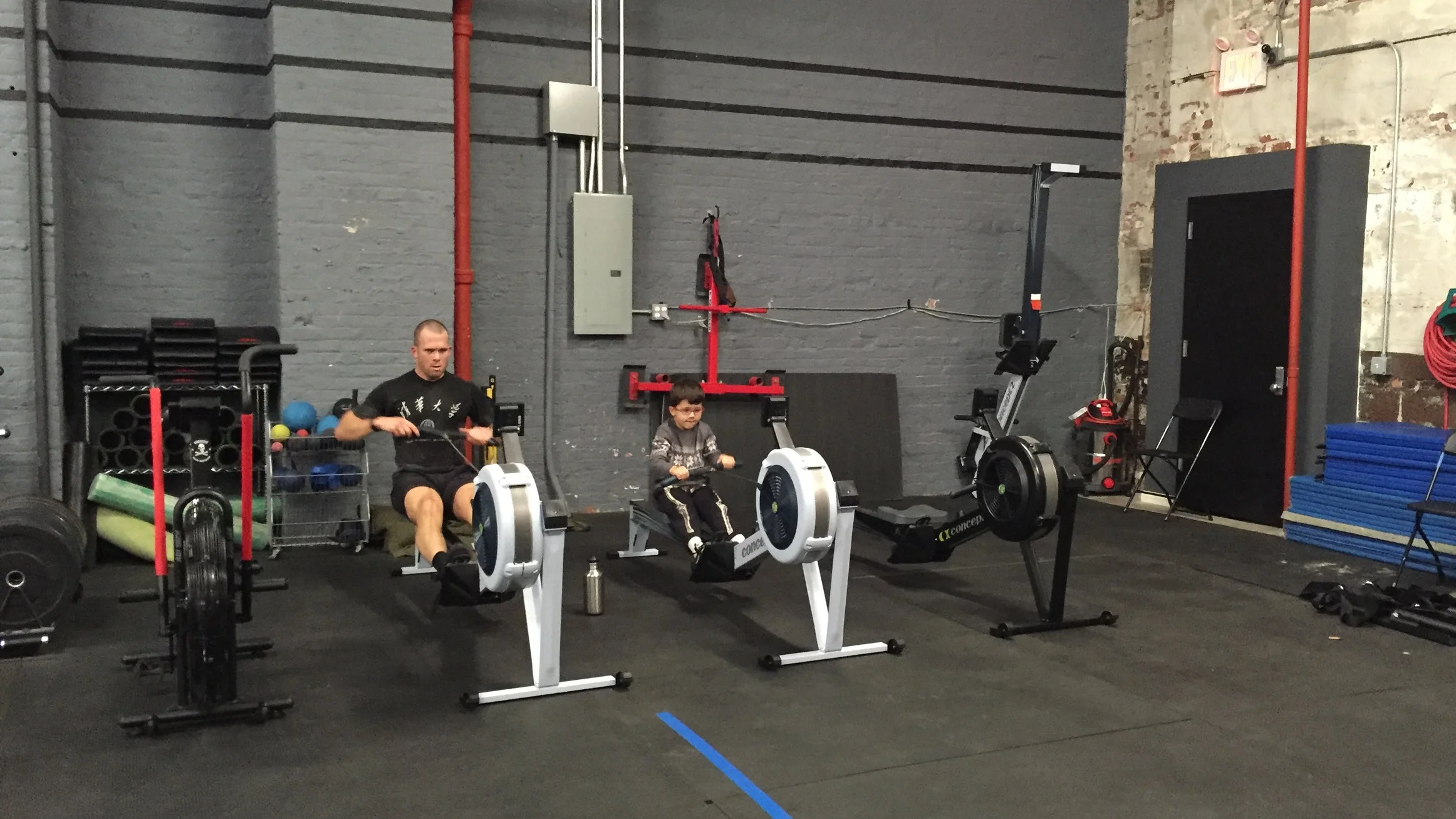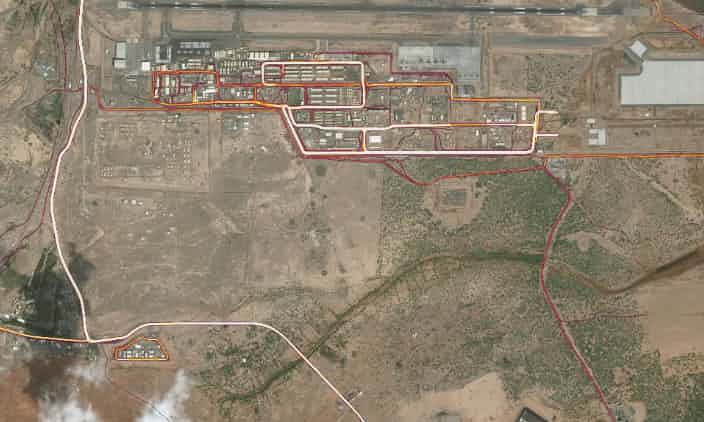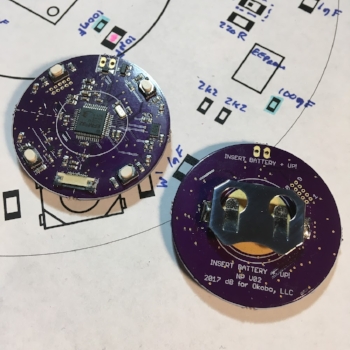What could possibly go wrong when we share our whereabouts publicly?
The Guardian recently answered that question when it ran a piece about Strava's publication of heat maps that show popular running routes around the world. "The 'global heatmap' shows, in aggregate form, every public activity uploaded to the app over its history. In major cities, it lights up popular running routes, but in less trafficked locales it can highlight areas with an unusually high concentration of connected, exercise-focused individuals – such as active military personnel serving overseas."
Whoops.
Photo from Strava published by the Guardian. It shows Camp Lemonnier in Djibouti on the top right. On the bottom left is a suspected CIA base.






